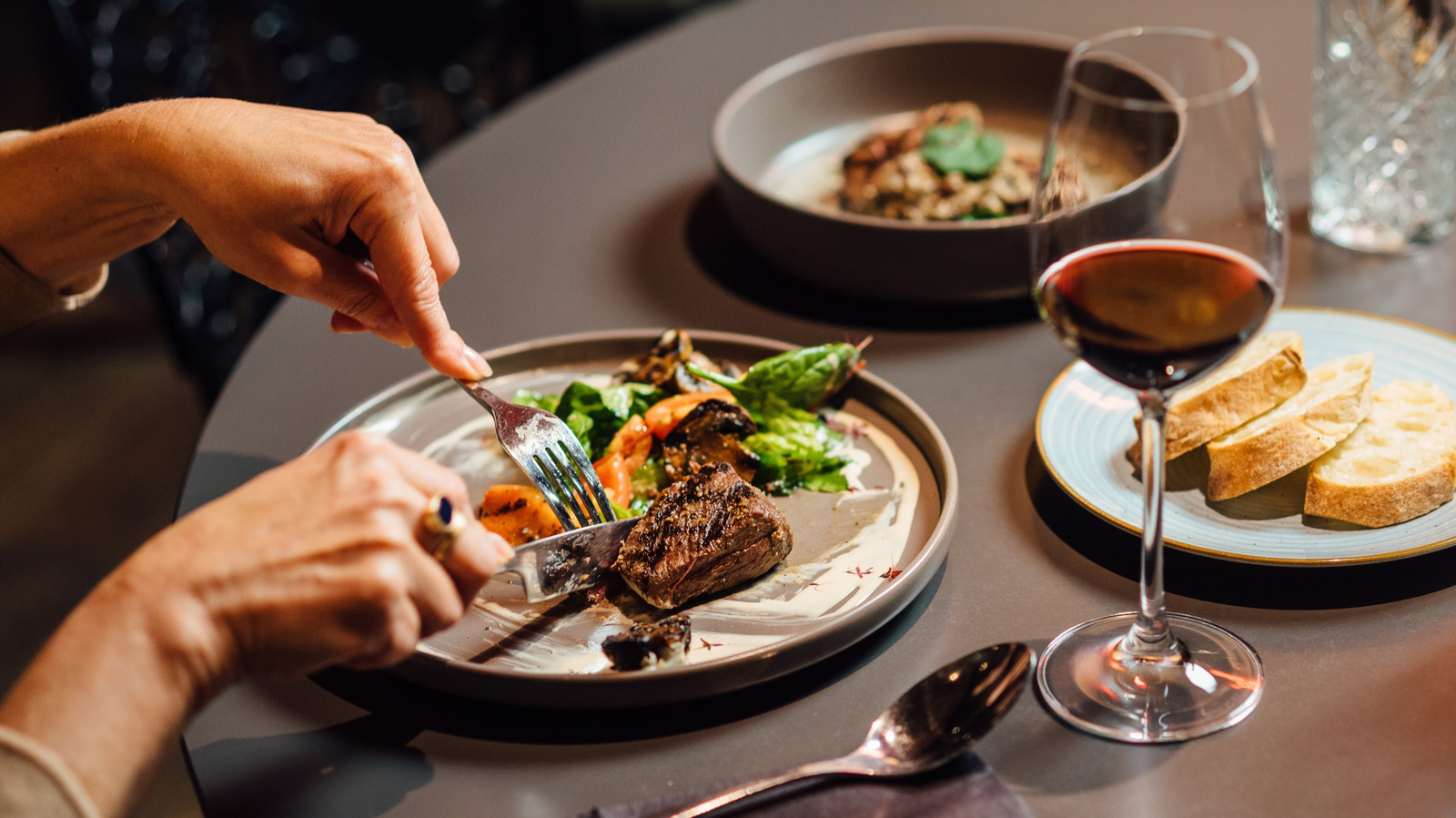
"Is there anything that can convince you to stop going to a restaurant when it's not technically a bad place? Most of us have some red flags we are on the lookout for. They don't have to be as overt as poor hygiene or improperly prepared food. Red flags can include things like not being greeted when you come in, uncomfortable seating, or a massive, unfocused menu."
"When Tasting Table caught up with expert mixologist Julie Reiner at a Nature Made x Tenspace pop-up, we asked her if she thought using plastic in a restaurant was a red flag. "Yes. Well, I mean, it's just that it's very lowbrow in a way and, to me, that sort of says that it's the quality level," Reiner explains. "I equate the quality level with what the service is."
"Context is key, of course, and Reiner isn't dismissing serving food on paper plates or with plastic utensils out of hand. Whether this is appropriate just depends on where and when you're eating. It's the difference between a fast food restaurant and a fine dining establishment, for instance. You'll have different expectations of both. Reiner adds, "I don't want to sit down in a restaurant and have a plastic fork.""
Guests monitor many red flags beyond obvious hygiene or food safety, including lack of greeting, uncomfortable seating, and an unfocused, massive menu. Food presentation significantly influences perceptions; plastic plates, cups, and utensils make a restaurant harder to take seriously. Using disposable tableware often signals a lower quality level and a correlation to service standards. Context matters: disposable utensils and plates are reasonable at casual, takeout, street-food, or roadside barbecue locations where relaxed service and portability are expected. Conversely, sit-down restaurants and fine-dining establishments should avoid plastic cutlery and cups, as they undermine the intended dining experience.
Read at Tasting Table
Unable to calculate read time
Collection
[
|
...
]